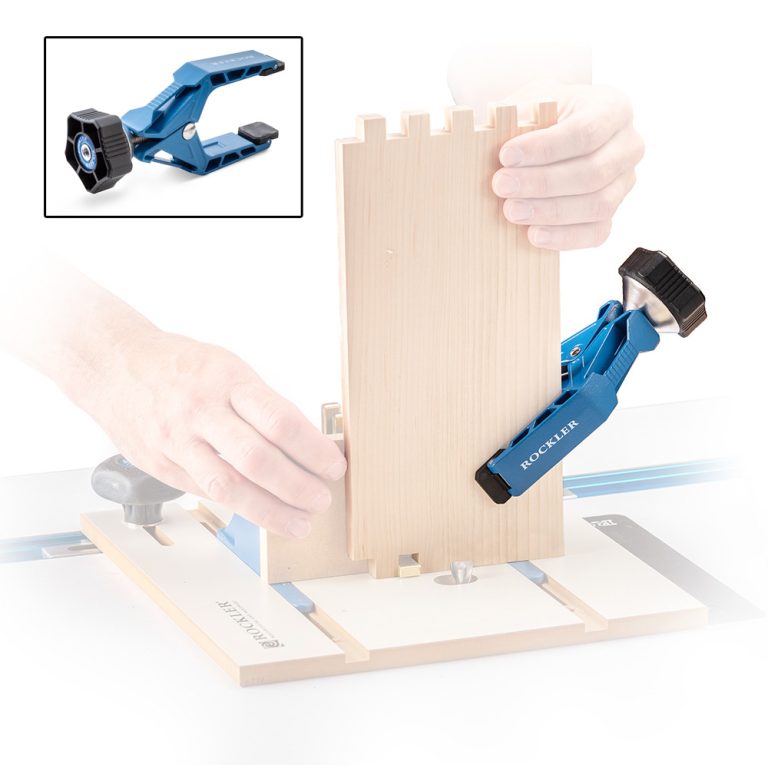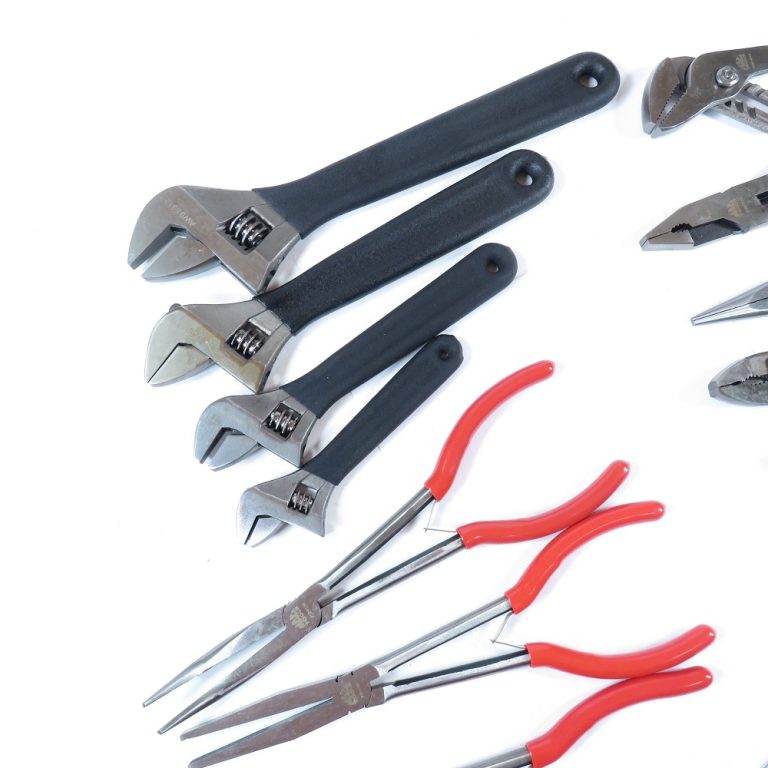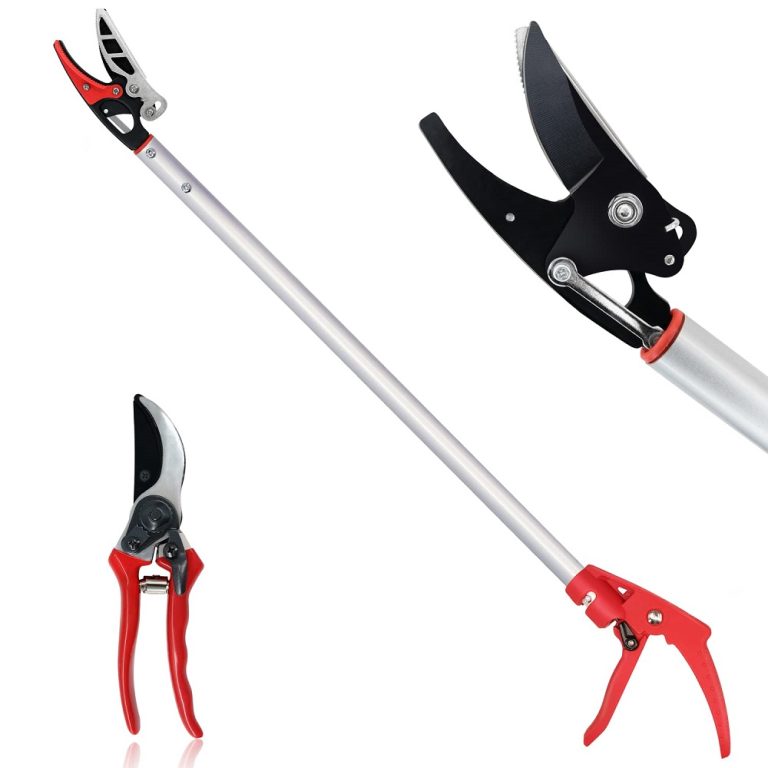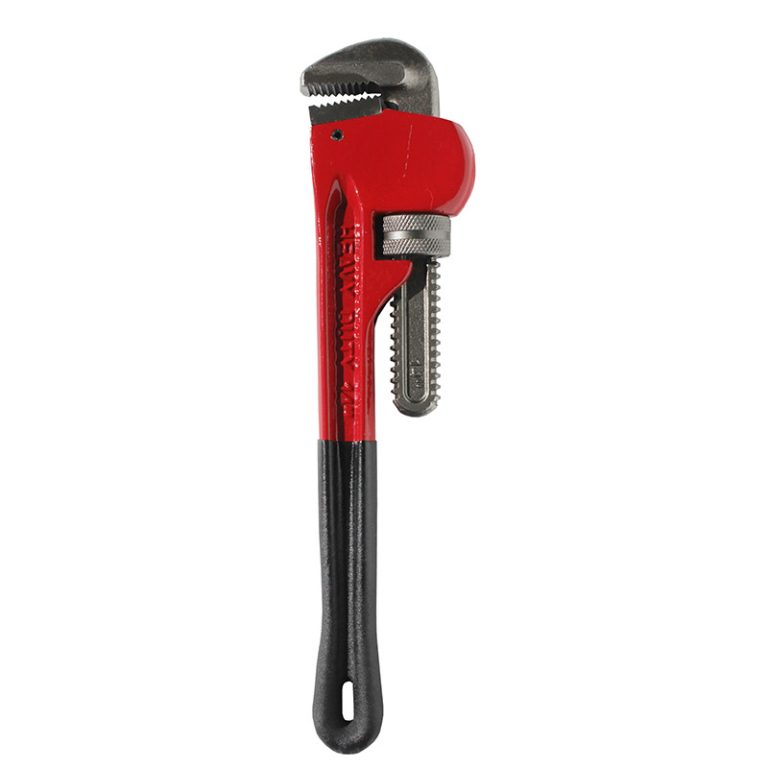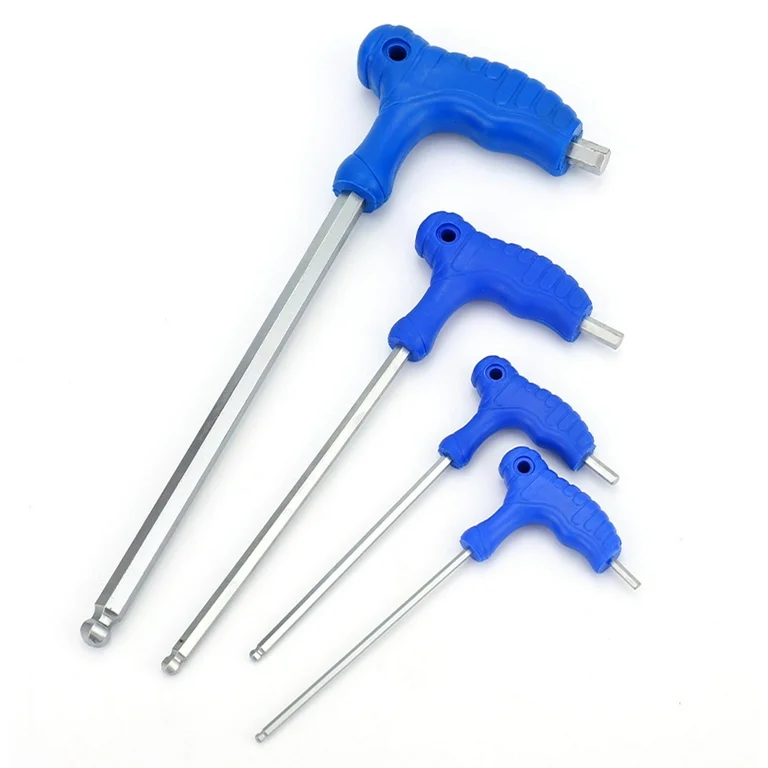Introduction to the Wrench Warning Light
The wrench warning light is a critical indicator in Ford vehicles. What does it mean when the wrench light comes on? It usually means a powertrain or system issue is present. Knowing what it signals helps you respond the right way.
Understanding the Powertrain Malfunction Indicator
When the wrench light comes on, it’s the powertrain malfunction indicator at work. It tells you the vehicle’s computer found a problem with the powertrain or the four-wheel-drive system. You should act quickly and get your vehicle checked at a Ford dealer. Ignoring the warning can lead to major damage and bigger repair costs later on. Pay attention to how your car feels and drives. If you notice odd noises or the car feels different, don’t wait. It’s better to tow it to a service center than risk driving.
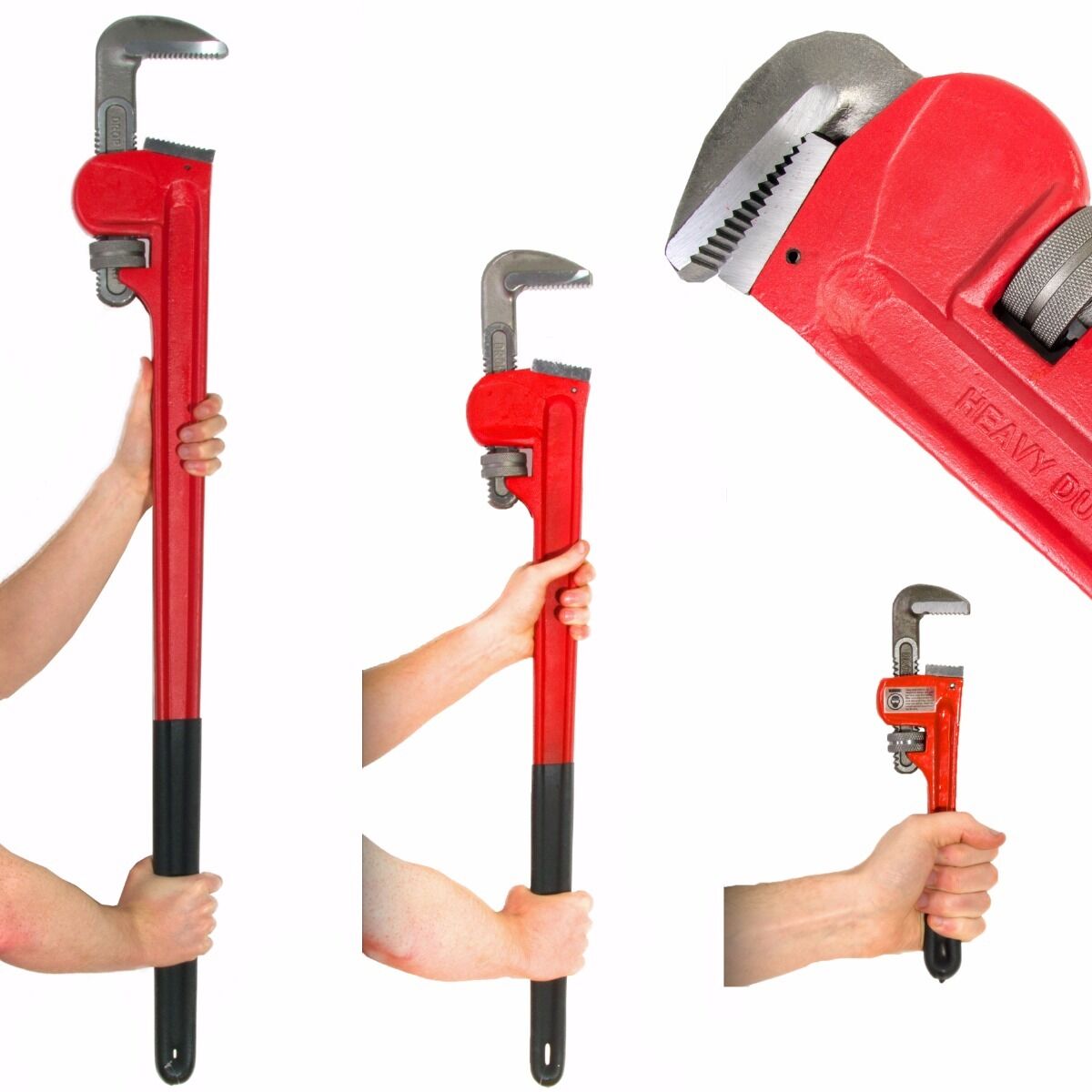
Common Causes for the Wrench Light Illumination
When the wrench light comes on in your Ford vehicle, it’s a warning to pay attention. There are a number of issues that might trigger this alert. What does it mean when the wrench light comes on? Let’s delve into the most common causes leading to the wrench light illumination.
Issues with the Vehicle’s Powertrain
The powertrain consists of the engine, transmission, and drivetrain. Any malfunction within these components can cause the wrench light to turn on. Common powertrain-related problems include:
- Transmission issues: These might be as minor as low transmission fluid or as serious as a failing transmission.
- Engine problems: A misfiring engine, faulty sensors, or a failing oxygen sensor can set off the light.
- Drivetrain faults: Problems with the driveshaft or axles could trigger the wrench indicator.
If any of these issues arise, the vehicle’s performance can be compromised. It’s essential to get these checked by a Ford specialist.
Four-Wheel Drive System Errors
Ford vehicles equipped with four-wheel drive (4WD) may display the wrench light due to 4WD system errors. This could be due to:
- Transfer case issues: Problems here can affect the vehicle’s ability to switch between two and four-wheel drive.
- Electronic Control System faults: These can cause the 4WD system to engage or disengage improperly.
The 4WD system errors might be intermittent, but it’s crucial not to ignore them. Paying early attention to such warnings can prevent more severe issues down the line. Remember, if the wrench light comes on, it’s time to consult with an authorized Ford dealer to diagnose and resolve the underlying issues promptly. Ignoring it could lead to more significant problems.
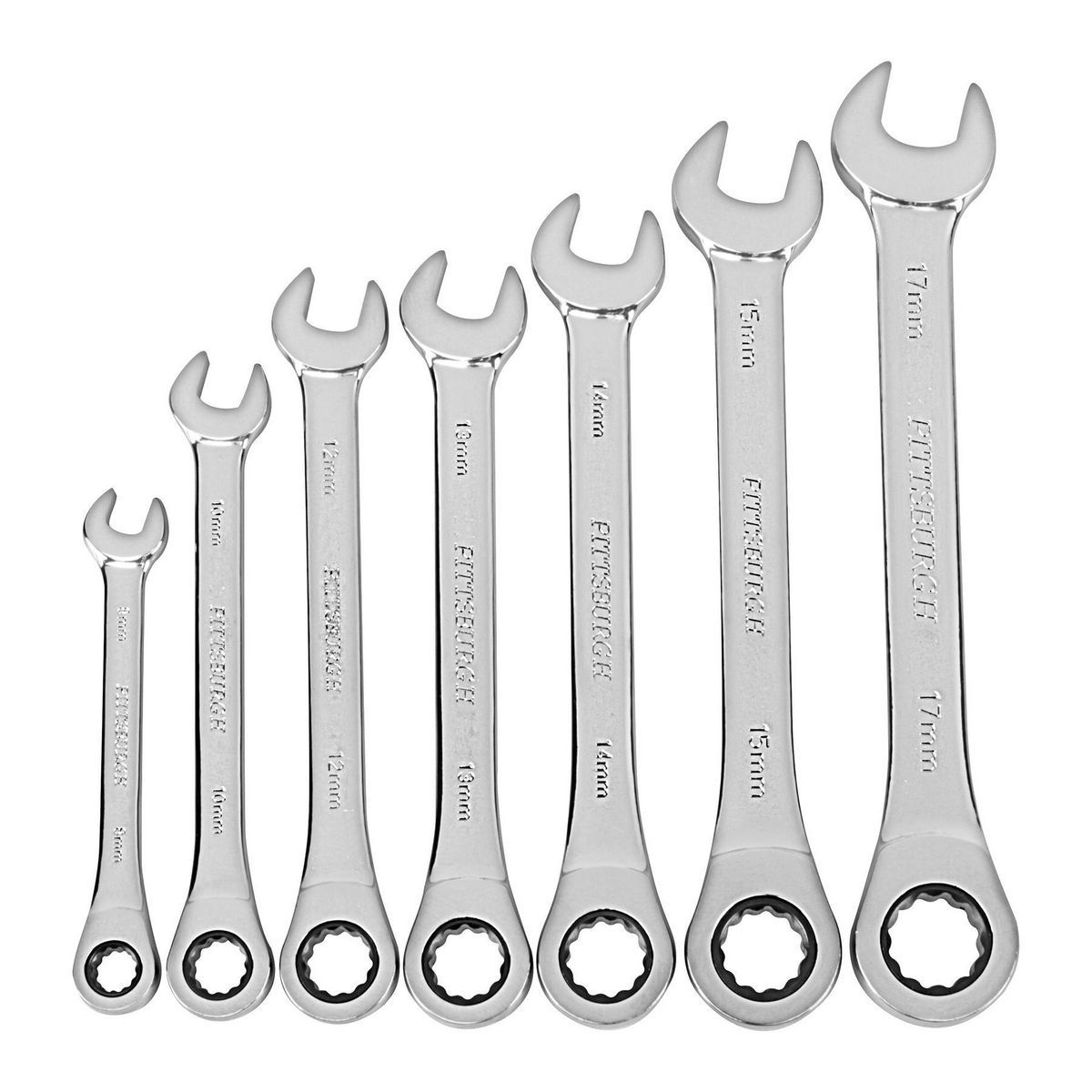
Steps to Take When the Wrench Light Comes On
When the wrench light illuminates on your Ford vehicle’s dashboard, it’s signaling you to take action. Here are the steps you should follow immediately and the reasons why a professional diagnosis is crucial.
Immediate Actions and Precautions
If the wrench light comes on, here’s what you need to do:
- Do not ignore the light. It means something is wrong.
- Check for obvious issues like whether you can shift gears smoothly.
- Pay attention to how the car drives. Look out for unusual noises or vibrations.
- Reduce your driving as much as possible to avoid more damage.
- If the car’s performance changes drastically, stop driving.
- Get the vehicle checked by a Ford dealer as soon as you can.
Driving with the wrench light on can be risky. If the car feels unsafe, towing it to a dealer is the best choice. Even if the light turns off, you should still have it checked. The issue might still be there.
The Importance of Professional Diagnosis
After noticing the wrench light, a professional diagnosis is key.
Here’s why:
- Only experts have the right tools to find the true problem.
- A detailed check can prevent small issues from growing bigger.
- Professional advice can save you money on future repairs.
- Mechanics can update you on recalls or warranty coverage.
Do not try to fix problems on your own if you lack technical knowledge. Taking your car to an authorized Ford dealer is the best way to ensure your safety and your vehicle’s longevity. Remember to mention any changes you noticed when driving. It helps the technicians to diagnose the issue more accurately.
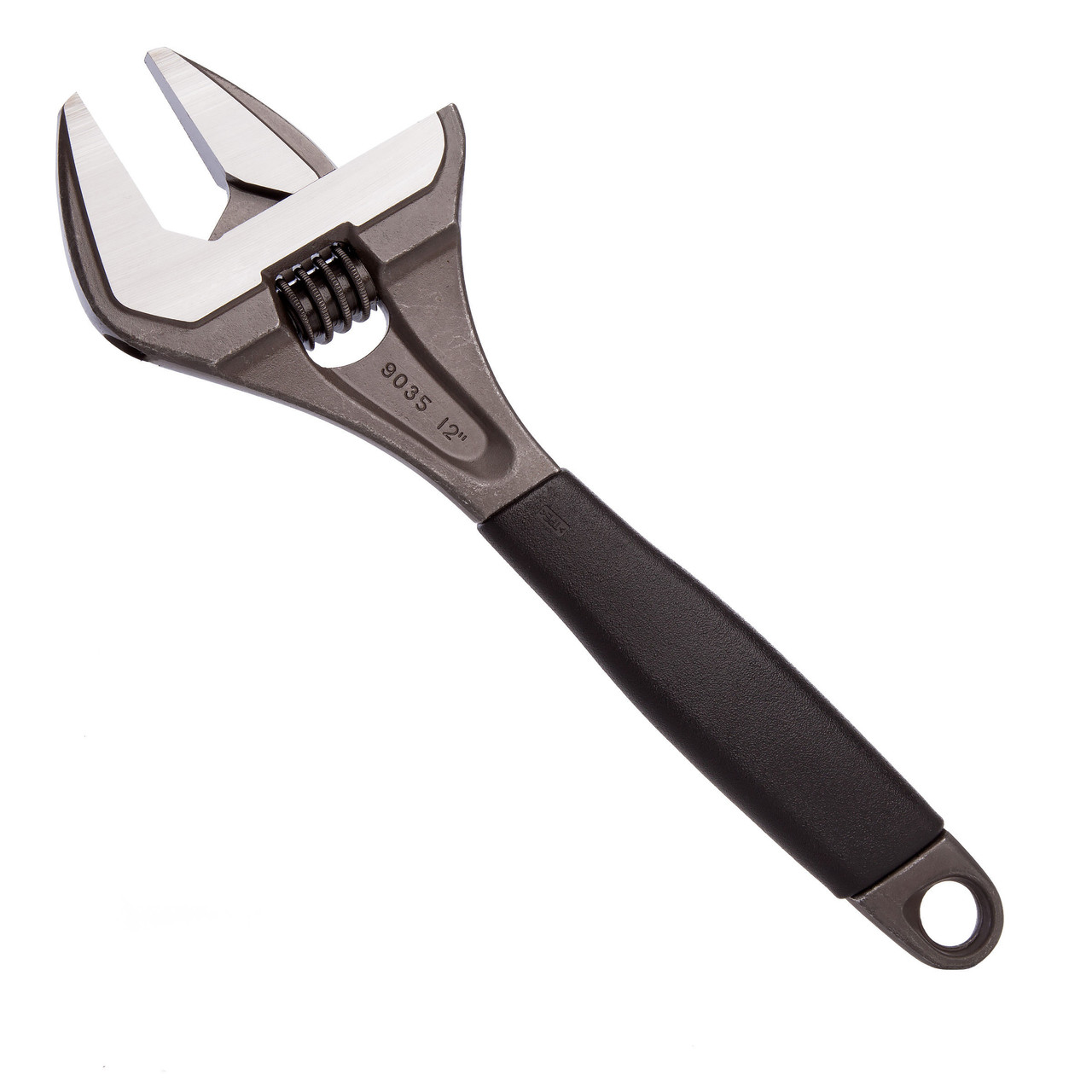
Fail-Safe Mode: What Happens Next?
When the wrench light appears on your Ford’s dashboard, it could mean the vehicle entered Fail-Safe Mode. This is a protective feature designed to minimize damage while you find safety. Understanding Fail-Safe Mode helps you react wisely to the wrench warning.
Limitations on Engine Power
In Fail-Safe Mode, your Ford vehicle automatically reduces engine power. It’s a cautious step to avoid harm to the vehicle until you can get it checked. Here are key points about reduced engine power:
- Throttle response is limited to prevent engine strain.
- Vehicle speed may be reduced to lower the risk of damage.
- The engine may run rougher but should remain operational.
- This mode aims to help you reach a mechanic or a safe stop with care.
Safety Measures and Vehicle Handling
Fail-Safe Mode engages safety measures that affect how you handle your vehicle. Be aware of these changes:
- The transmission may not shift as usual, keeping revs low.
- Steering and braking systems remain functional for control.
- Your dashboard will display alerts, so monitor them closely.
- Plan your route to a Ford dealer with safety in mind, avoiding heavy traffic.
Driving in Fail-Safe Mode is meant as a temporary measure until you can address the problem. Do not ignore the warning light or the limitations it imposes. Failing to act can lead to more significant issues. If you experience Fail-Safe Mode, consult with an authorized Ford dealer for a proper diagnosis and repair. Remember, this mode helps you avoid further damage but it’s crucial to follow up with expert help.
Long-Term Consequences of Ignoring the Wrench Light
Ignoring the wrench light on your Ford could have serious long-term effects. Address issues early to avoid bigger problems later.
Risks of Delayed Repairs
Delaying repairs when the wrench light comes on increases risks. These include:
- More damage: Small issues can grow into big problems.
- Safety hazards: Unresolved issues may lead to unsafe driving conditions.
- Higher costs: Minor repairs now can prevent costly fixes later.
- Vehicle downtime: Putting off service could lead to a non-drivable car.
- Resale value: Long-term neglect can lower your Ford’s resale value.
It’s wise to act fast and get professional help at the first sign of trouble.
Potential Costs of Powertrain Damages
Ignoring the wrench light can lead to costly powertrain damages. Examples include:
- Engine rebuild or replacement: Neglect can destroy engine components.
- Transmission overhaul: A damaged transmission may need a complete rebuild.
- Drivetrain repairs: Ignored drivetrain issues can lead to extensive fixes.
- 4WD system service: Four-wheel drive repairs can be complex and expensive.
The costs of these repairs can run into the thousands, far outweighing the expense of timely maintenance. Always consult with an authorized Ford dealer for proper care.
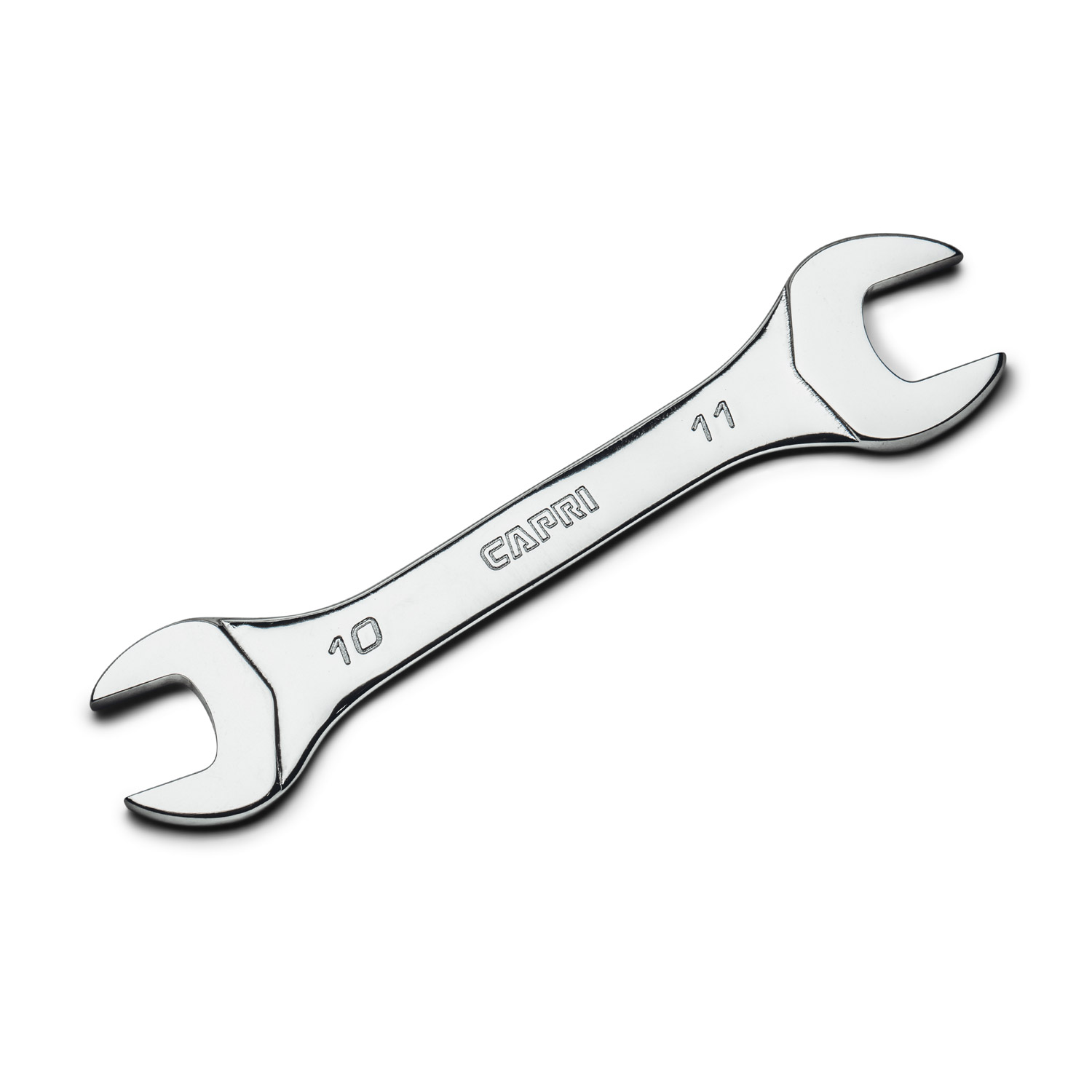
How to Prevent Powertrain Malfunctions in Ford Vehicles
Preventing powertrain malfunctions starts with routine care. Follow these tips to help avoid the wrench light activation.
Regular Maintenance Tips
Keep your Ford running smoothly with these maintenance practices:
- Check fluids regularly: Engine oil, transmission fluid, and coolant are vital. Ensure they’re at proper levels.
- Follow maintenance schedule: Your Ford’s manual has a service timeline. Stick to it for oil changes and check-ups.
- Inspect belts and hoses: Look for wear or cracks. Replace them when needed to prevent breakdowns.
- Be mindful of driving habits: Rough driving can stress the powertrain. Drive smoothly and don’t overload your vehicle.
- Listen for odd sounds: Squeaks or rumbles can signal problems. Get them checked out right away.
Performing these actions can keep your Ford’s powertrain in good shape and reduce the risk of the wrench light coming on due to malfunctions.
Understanding Your Vehicle’s Warning Systems
Knowing what your Ford’s alerts mean is crucial. It helps you react fast. Here’s how to understand the warning systems:
- Read the manual: It explains each light on your dashboard.
- Pay attention to changes: If a light comes on, note any differences in how your Ford drives.
- Use onboard diagnostics: Some Fords have systems that give more details about warnings.
- Act promptly: Don’t ignore warnings. The sooner you address them, the better.
By understanding your vehicle’s warning systems and maintaining regular upkeep, you can often prevent issues before they become serious problems. Always refer to your specific model’s manual for accurate information on maintenance and warning lights.
Additional Resources for Ford Vehicle Owners
Navigating the intricacies of vehicle maintenance and repair can be challenging. Ford vehicle owners have several resources at their disposal to help understand and manage the wrench light warning and other vehicle functions.
Utilizing Ford Guides and How-Tos
Ford provides various guides and how-to articles to assist owners. Here’s how to make the most of them:
- Check the owner’s manual: It’s the go-to source for understanding your vehicle’s features.
- Visit Ford’s official website: It offers detailed guides and tutorial videos.
- Download Ford’s mobile apps: Apps like FordPass? provide helpful information and tools.
- Follow Ford’s social media: Updates on tips and troubleshooting can be found there.
These resources can guide you in routine checks and explain what to do if the wrench light appears.
Seeking Expert Advice from Authorized Dealers
When you face a powertrain problem or the wrench light turns on, seeking expert advice is vital. Here’s why it’s best to turn to an authorized Ford dealer:
- They have trained technicians: Dealers employ specialists who understand Ford vehicles inside out.
- They use the latest tools: This ensures accurate diagnostics and repairs.
- They offer authentic parts: Using genuine parts maintains the integrity of your vehicle.
- They provide warranty services: If your repair is covered, it might save you costs.
- They know your vehicle’s history: Frequent visits mean they can track and manage recurring issues effectively.
By taking advantage of these resources, you can maintain optimum performance for your Ford vehicle and get expert help when needed.

